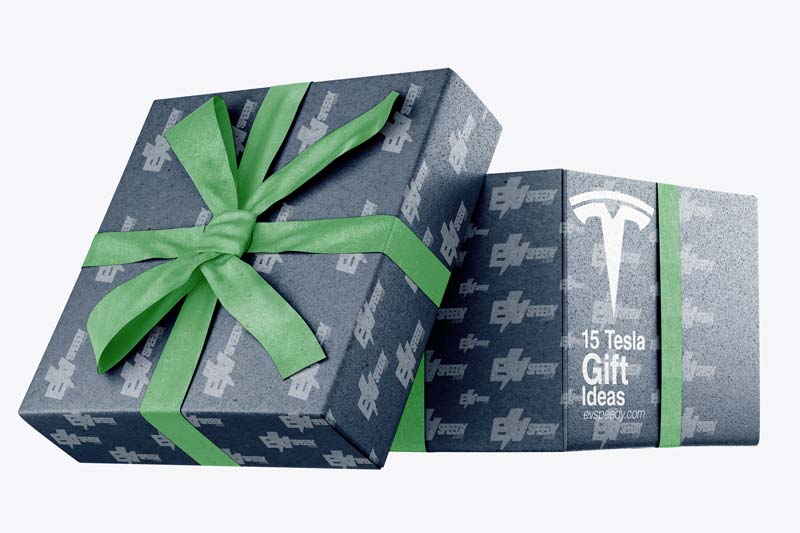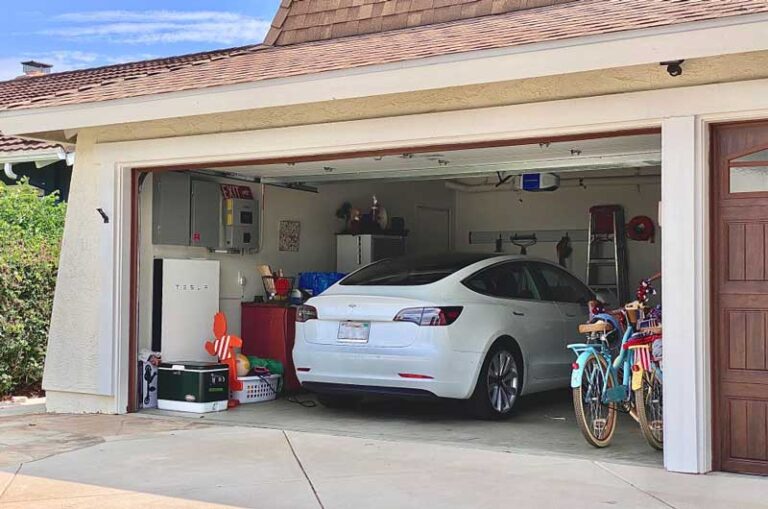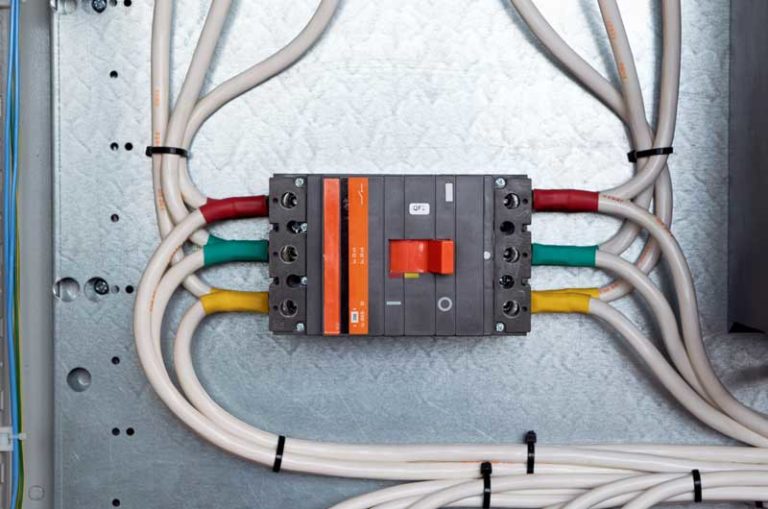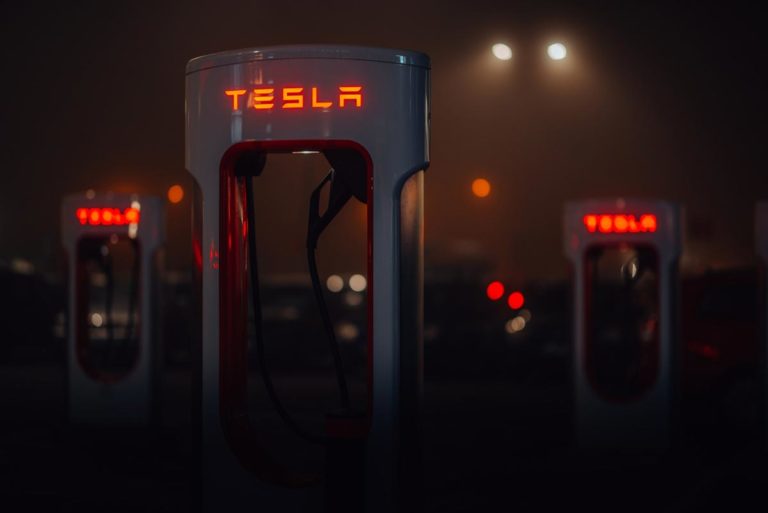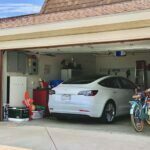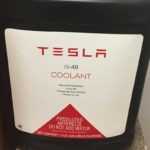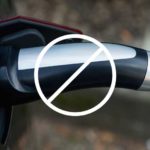Many first-time Tesla owners expect complete silence when charging and driving their new cars. This is most often not the case as many mysterious sounds can come out of the car at the most random of times. So, do Tesla batteries make noise when charging?
The most common noise when charging your Tesla comes from the battery coolant warming up the battery pack. Due to the massive amounts of batteries being heated at varying temperatures, swelling causes expansion in the pack. You may hear a different “thunk” noise level, depending on a few factors.
Check out the rest of this article to find out what the factors are. We may one day be rid of this dreaded noise depending on the battery tech coming in the next few years. Watch this space!
- My Tesla Is Making Noise When I Charge It
- How Does Battery Chemistry Make a Sound?
- There Are a Lot of Battery Cells in a Tesla to Make Noise
- Pro Tip: What can I do if the Tesla supercharger cable cannot fully insert into the charge port?
- You're More Likely To Hear the Thunk at Superchargers
- The Effects of Temperature On Tesla Charging Noise
- Sheet Metal Could Be the Culprit
- What is Thermal Runaway?
- There Isn't Much You Can Do To Stop the Noise
- Why Does My Tesla Pop When Charging?
- Frequently Asked Questions
My Tesla Is Making Noise When I Charge It
If you hear a popping noise when you charge your Tesla, don’t fret. It’s a normal sound that happens when the batteries are being charged. It’s so common that Tesla users have given it a name — the “Thunk Noise.
And if you’ve had your Tesla for a few years and this is the first time you’ve noticed the “Thunk,” there’s no need to worry. The level of thunk noise can change because of where, when, and how you charge it.
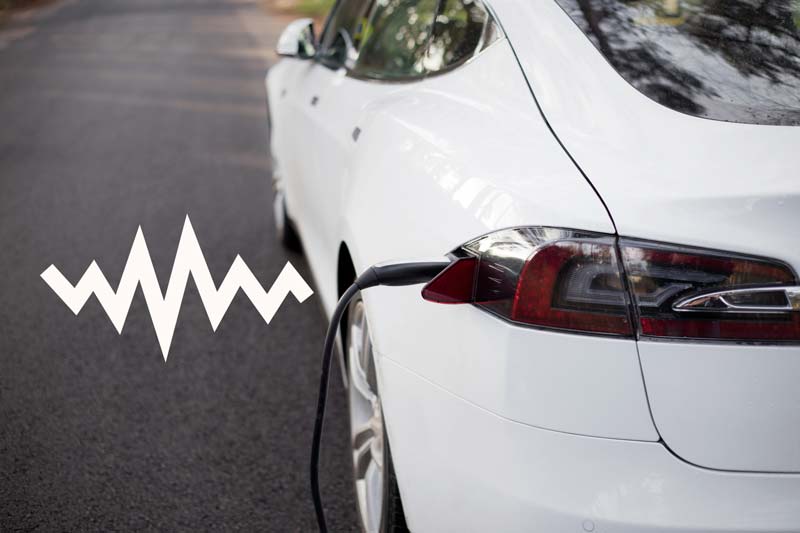
How Does Battery Chemistry Make a Sound?
To help you understand what is going on when you charge up your Tesla and why your car thunks when you charge it, I’ll give you a short primer on lithium-ion battery chemistry and construction.
Lithium-ion batteries contain a series of cells to generate power. Each cell has positive and negative electrodes and a chemical compound (electrolyte).
When the lithium-ion batteries are charged, some of the lithium ions released by the positive electrode move to the negative electrode. During this process, the battery absorbs and stores energy. As this happens, the movement of the ions creates heat, and (just like when we rub our hands together) they warm up.
There Are a Lot of Battery Cells in a Tesla to Make Noise
So why doesn’t a cell phone thunk when being charged? Most phones have a single battery — not enough to make a discernible noise. A typical laptop battery has three or four cells, with each cell generating around four volts. On the other hand, a Tesla Model X runs on 350 volts, and the Model S runs on 375.
Unlike your stationary laptop, a Tesla barrels down the highway and needs way more battery cells. Indeed, the Model S contains a whopping 2170 battery cells, all welded together and enclosed in layers of aluminum and steel.
If you’d like to find out if electric cars can make noises in general, check out this related article that I wrote. I think you might be surprised!
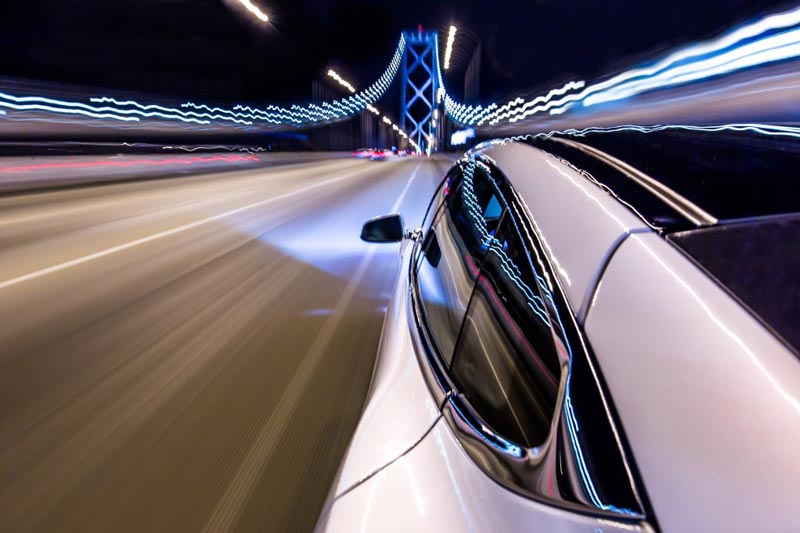
Why Do Tesla Batteries Make a Thunking Noise When Charging?
As the ions move through the battery cells, they create heat. Heat causes the cells to swell, and that swelling is the primary reason for the battery noise when a Tesla is being charged. The battery expands while charging.
In other words, the “thunk” is the sound of your Tesla battery expanding as it heats up during the charging process.
With all the electrodes moving around that many batteries encased in metal, it’s a wonder the neighbors don’t hear the “thunking”.
You’re More Likely To Hear the Thunk at Superchargers
The following conditions affect how much heat is generated when batteries are charged, whether they are in a Tesla or a Panasonic electrical product:
- The kind of charger—quick versus normal
- The battery’s initial capacity
- How much capacity is in the battery
- The battery’s deterioration
Supercharging Versus at Home
Some owners never notice the battery noise until they use a Supercharger. This is because the jump from 120 or 240 volts to the Level 3 Superchargers is not simply a doubling of power.
If that were the case, the charging time wouldn’t jump from 2 miles (3.2 km) of range per hour of 110 volts charging to 170 miles (273.6 km) of range in 30 minutes.
Think of what happens to a water hose as you fill it with water. Then, if you think of electricity as water flowing through a pipe, the additional current will cause the battery cells to expand more quickly.
| Volts | Amps | Power Delivery | Charging Time | |
| Level 1 | 120 | 15-20 | 1.4 kW | 2 miles (3.2 km) range per hour |
| Level 2 | 240 | 80 | 3.7-17.2 kW | 9-52 miles (14.5-83.7 km) range per hour |
| Level 3 | 480 | 300 | Up to 140 kW | Up to 170 miles (273.6 km) range in 30 minutes |
If you get tired of charging overnight, are having poor range, and upgrade to a Level 2 charging system, you’ll probably hear some thunking.
Some users report hearing it when using a Level 1 charger. But it’s super charging that causes the most noise.
As an added bonus to this article, I’ve created this easy-to-use charging calculator. Simply input your model, charging wattage, and charging percentage, and you will get the estimated time it will take to charge a Tesla in terms of hours. You can play around with numbers a bit just to see how charging time changes:
The Effects of Temperature On Tesla Charging Noise
Temperature is another reason you’ll hear the batteries pop. Lower temperatures cause the batteries to expand more than if they’re being charged in the heat of summer.
Therefore, the noise is more evident in cold temperatures. If you’re recharging your Tesla on a hot day, you might not even hear any thunks since the batteries won’t expand as much while charging.
Sheet Metal Could Be the Culprit
Another possibility for the noise is the sheet metal above the battery pack. It could be flexing, or if it’s slightly out of tolerance, it can make the same thunking sound. If that’s the case, you might hear the sound a few minutes after a Supercharging session.
What is Thermal Runaway?
Thermal runaway refers to a situation in which the temperature of a system or device increases rapidly and uncontrollably due to a positive feedback loop.
It typically occurs when a device generates heat as a byproduct of its operation, and the heat buildup exceeds the system’s ability to dissipate it. This can lead to a self-sustaining cycle of increasing temperatures, which can ultimately cause the system to malfunction, degrade, or even fail catastrophically.
Thermal runaway can happen in various systems, but it is commonly associated with batteries, especially rechargeable lithium-ion batteries.
In the context of batteries, thermal runaway occurs when internal reactions, such as a short circuit or a failure in the battery’s thermal management system, cause an increase in heat generation.
The elevated temperature further accelerates the internal reactions, leading to more heat generation, and the cycle continues until the battery’s energy is rapidly released in the form of heat, gas, or even fire.
Is the Noise In My Tesla Due To Thermal Runaway?
There have been reports of noise associated with some Tesla vehicle batteries while charging, but it is not directly linked to thermal runaway. The noise issue primarily stemmed from the cooling system of certain Tesla models, specifically the Model 3.
The Model 3 uses a liquid-cooled thermal management system for its battery pack, and in some cases, there were reports of a “whining” or “squealing” noise during charging.
This noise was attributed to the operation of the cooling pumps, which are responsible for circulating the coolant through the battery pack to maintain optimal temperatures.
While the specific cause of the noise was not officially confirmed by Tesla, it was speculated to be related to the high-pressure pumps used in the cooling system.
It is important to note that the noise issue does not necessarily indicate a problem with thermal runaway or pose a safety concern.
Thermal runaway refers to a more severe condition where the temperature of the battery increases uncontrollably, potentially leading to battery failure or even a fire. So you don’t need to worry about having a Tesla fire on your hands!
The noise reported in Tesla vehicles during charging was primarily related to the cooling system operation and not directly indicative of thermal runaway.
However, it is always recommended to monitor your Tesla vehicle during charging and promptly report any unusual noises or behaviors to Tesla’s customer support.
Tesla has been known to actively address customer concerns and release software updates to improve the performance and reliability of their vehicles. It’s possible that any noise-related issues may have been addressed or improved since my knowledge cutoff date.
Therefore, for the most up-to-date and accurate information, it’s advisable to consult official Tesla sources or reach out to Tesla directly.
There Isn’t Much You Can Do To Stop the Noise
Unfortunately, you can’t do much to stop the noise. If you Supercharge, you’ll probably notice it, and the same is true in cold weather. So unless you want to move or limit yourself to Level 1 charging, you’ll have to live with it.
Honestly, many people have grown to like the noise. It scared them at first, but they realized that the batteries in the vehicle are doing what they are supposed to.
Check out this video if you want to see a Tesla Model 3 Battery Removal and Disassembly:
If you haven’t heard the thunk, this driver was able to record it:
Why Does My Tesla Pop When Charging?
The popping sound you might hear, more commonly referred to as a “thunking” sound, is most probably caused by the batteries heating up and expanding quickly during charging.
The shorter the charging duration (for example in a Supercharger) and the faster the charging process, the more likely the sound is.
Frequently Asked Questions
Why Is My Tesla Fan So Loud?
Why Do You Tap a Tesla Before Charging It?
Check out these 20 great gift ideas for yourself or a Tesla fanboy.
Contact Us if you have any questions or queries.

